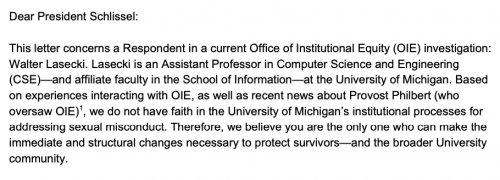What a weird story, yet somehow unsurprising. L. Ron Hubbard and Leni Riefenstahl worked together on a movie script. It never got made, but just imagine Battlefield Earth shot by a master cinematographer — somehow, I think it would make the story even worse.
They weren’t working on a cheesy skiffy, though: the story was one that Riefenstahl had previously made a movie of in the 1930s, The Blue Light (you can watch the whole thing), and it reads as though most, if not all, of it was from Riefenstahl. She might have been good with a camera, but she seems to have been suckered into one cult, Naziism, and hopped over to another, scientology. Although her dalliance with a notorious scientologist didn’t last long.






